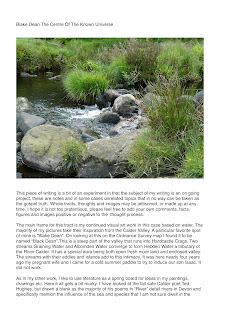The Two Crows
As I was walking all alone,
I heard two crows (or ravens) making a moan;
One said to the other,
"Where shall we go and dine today?"
I heard two crows (or ravens) making a moan;
One said to the other,
"Where shall we go and dine today?"
"In behind that old turf wall,
I sense there lies a newly slain knight;
And nobody knows that he lies there,
But his hawk, his hound and his lady fair."
I sense there lies a newly slain knight;
And nobody knows that he lies there,
But his hawk, his hound and his lady fair."
"His hound is to the hunting gone,
His hawk to fetch the wild-fowl home,
His lady's has taken another mate,
So we may make our dinner sweet."
His hawk to fetch the wild-fowl home,
His lady's has taken another mate,
So we may make our dinner sweet."
"You will sit on his white neck-bone,
And I'll peck out his pretty blue eyes;
With one lock of his golden hair
We'll thatch our nest when it grows bare."
"Many a one for him is moaning,And I'll peck out his pretty blue eyes;
With one lock of his golden hair
We'll thatch our nest when it grows bare."
But nobody will know where he is gone;
Over his white bones, when they are bare,
The wind will blow for evermore."











